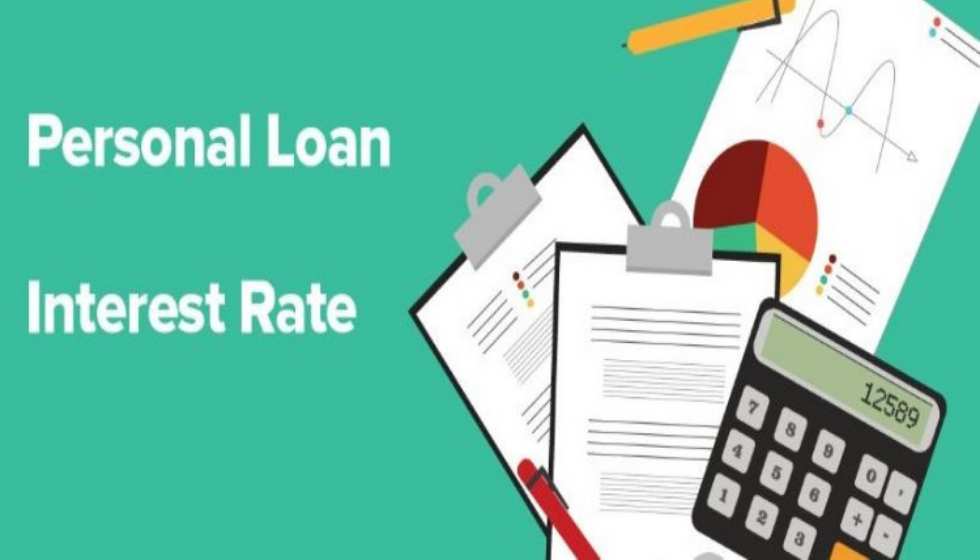A personal loan is one of the easiest ways to fuel a destabilized cash flow, especially in times of a crisis. Borrowing money from friends and relations may not incur interests. However, it’s not always the most reliable option. Whether it is a health scare, a pending fee for higher education, or a travel requirement, a personal loan can significantly help. But before you apply for a personal loan, there are a few things you should know.
- Interest Rate: Interest rates vary among personal loan lenders. While some lenders offer you a fixed interest rate, others provide the option for a floating interest rate. One should only borrow the money that is needed. While this is true for all loans, it is even more so for personal loans because of the high-interest rates. List out all your needs and decide which of them need to be fuelled by a personal loan. If the money is sitting idle in your account, you will pay a hefty interest unnecessarily. To avoid incurring extra interest, it’s best to only apply for a personal loan amount you require. An individual loan interest rate is subject to your eligibility and credit score. You can lower your interest rate by taking the following steps:
- Maintain a Good Credit Score: A lender looks primarily at your credit score and repayment capacity when approving your loan. A low credit score can reduce your loan amount and increase your interest rate. So, maintaining a high credit score is the aim. Improve your credit score by clearing your debt and dues. For example, a CIBIL score of 750 and above is considered ideal for a Fullerton India personal loan and several other loan schemes. A few ways to achieve this:
- By maintaining your credit utilization ratio within the 30% limit
- Checking your credit report regularly.
- Avoiding loan and credit card applications to multiple lenders
- Keeping a healthy credit mix of both secured and unsecured loans
- Maintaining a Healthy Repayment History: A good repayment history shows creditworthiness. So, you must pay off your debts every month timely. A single missed payment may not incur any significant losses, but it shows in your credit report. Pay your EMIs and credit bills on time. It helps you get a better deal whenever you take a loan in the future. If your EMI repayment history is clean, you will have a chance to negotiate on interest rates with the lender.
- Showing Employment Stability: The lender must see you as a credible borrower. A borrower who frequently changes jobs or has gaps in their employment history shows low creditworthiness. Lending institutions consider loan seekers employed with the state or central government or PSUs or quasi-government organizations trustworthy. It reflects in the interest rates offered.
- Processing and Verification Charge: If you apply for a personal loan, the processing charges are usually levied on borrowers as administrative expenses. Lenders charge a minimal amount, generally ranging from 0.5% to 2.5% of your loan amount. However, this varies from lender to lender. Apart from the processing fee, there is a verification charge. Lenders verify your credentials before offering you the loan. For this process, they hire third-party agencies. The borrower usually bears the cost of verification. There are two options that a lender offers to the borrower for the payment of such fees:
- Paying the Amount Upfront: Borrowers can choose to pay the processing and verification fee separately during processing.
- Deduction from the Loan Amount: Most lenders deduct the loan amount’s processing fees disbursed on approval.
- Penalty for Late Payment of EMIs or Default: You need to pay your EMIs timely. Any delay in EMIs will highlight you on the lender’s radar as a potential defaulter and incur extra charges. Lenders levy a hefty penalty on even a single late or missed payment of EMI. Calculate your EMIs using a personal loan EMI calculator and take the loan only if the EMIs fall comfortably in your monthly budget.
- Prepayment Charges: You might take a personal loan for a temporary financial crisis or need. But if you accrue some money during your loan tenure, you may consider prepaying your loan. Prepayment saves your interests as well as shortens the term of your loan. Most lenders offer a prepayment option, but they come with a prepayment fee. This prepayment fee usually ranges from 2% to 4% and varies from lender to lender.
Enquire about all the charges and their payment options before applying for a loan to save yourself from unforeseen situations during the loan term. There are various online aggregators and information providers for comparing personal loans from different lenders.

